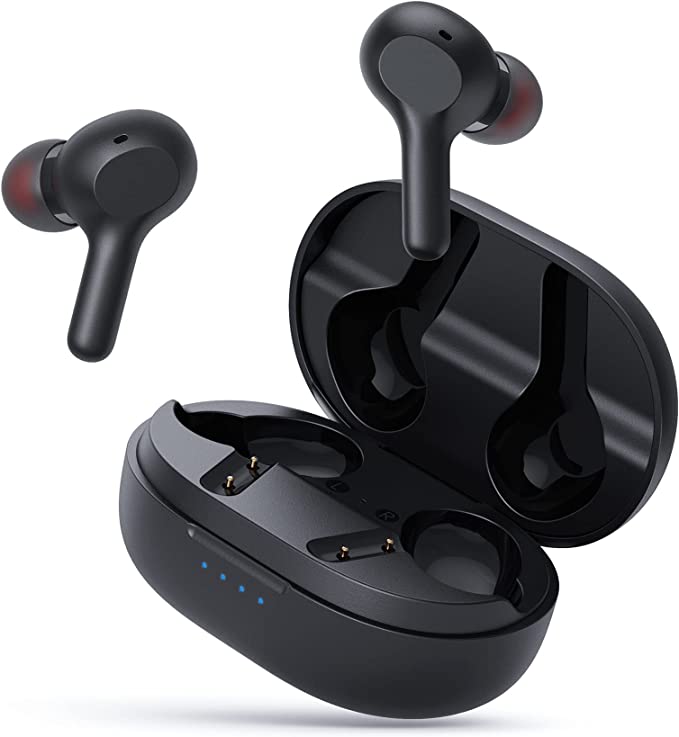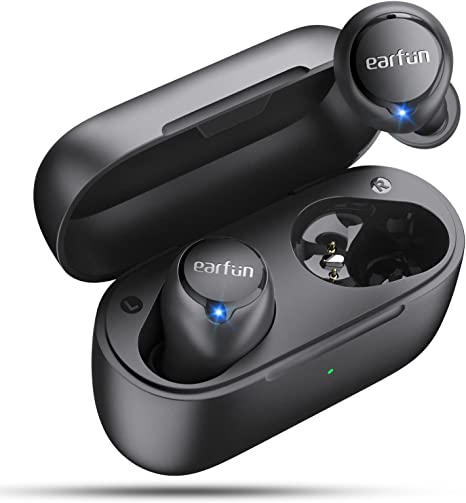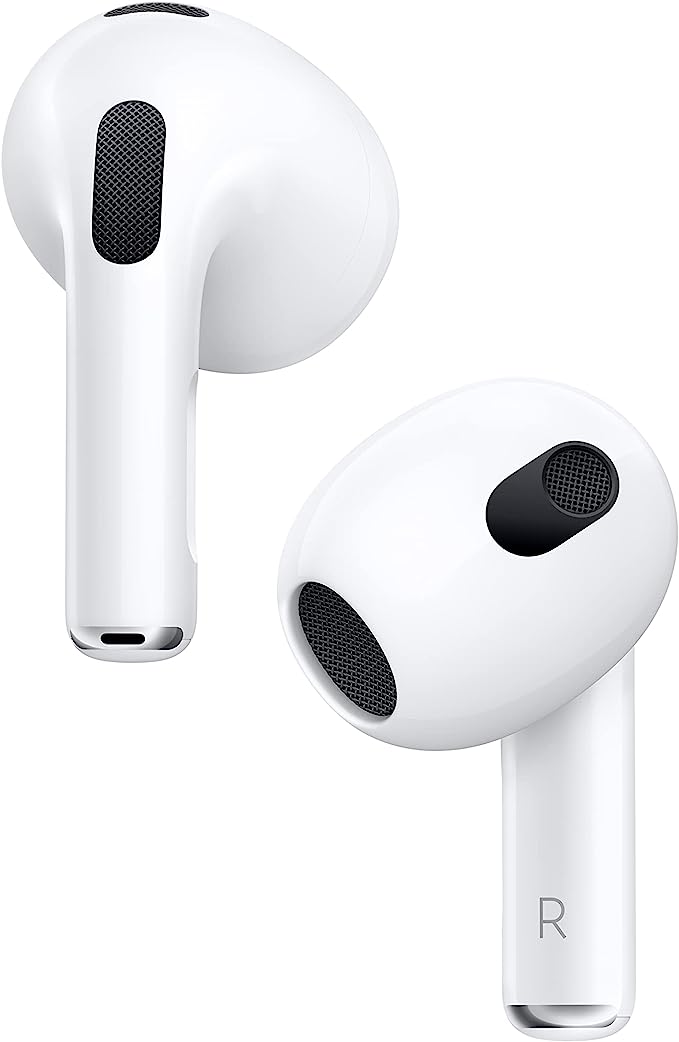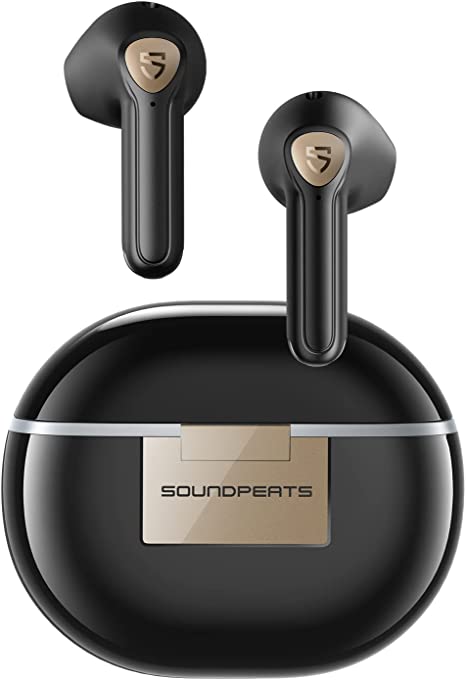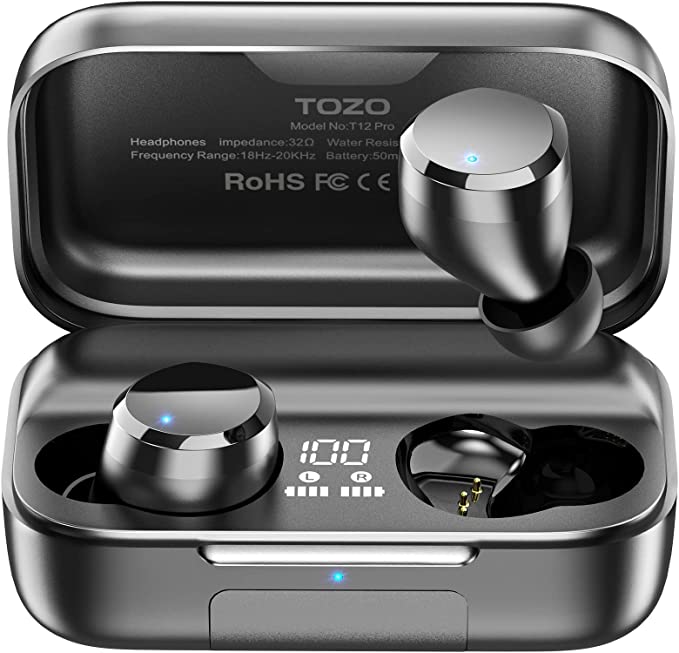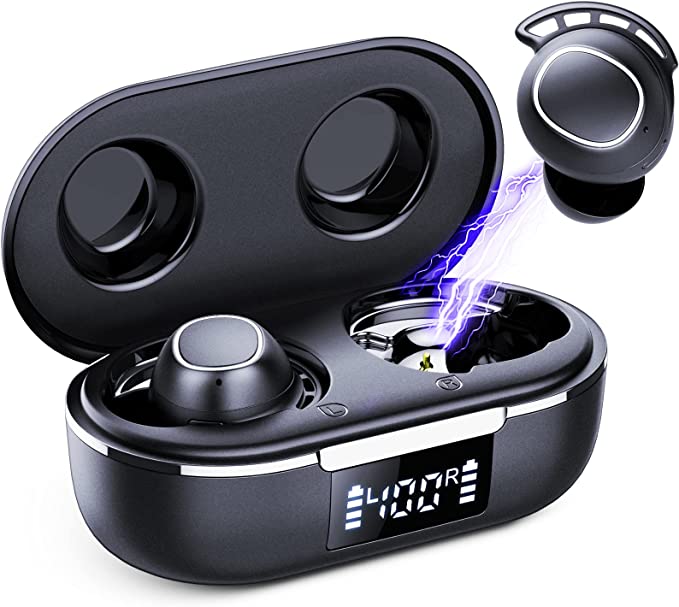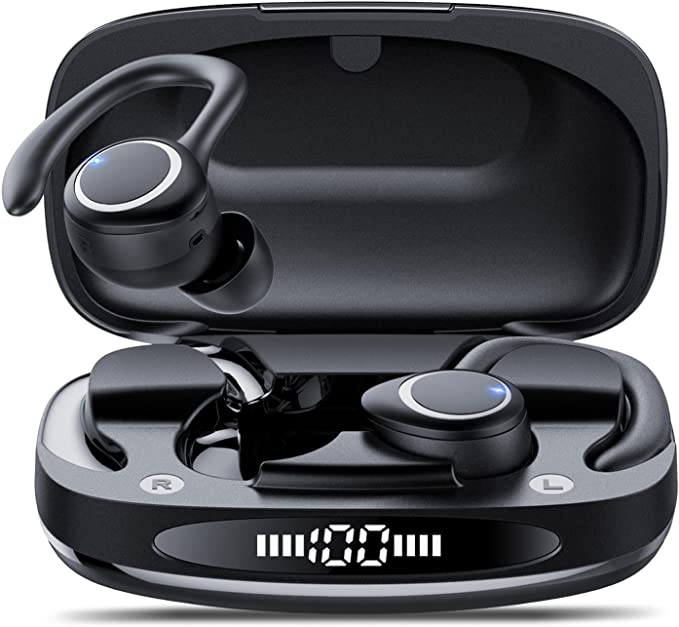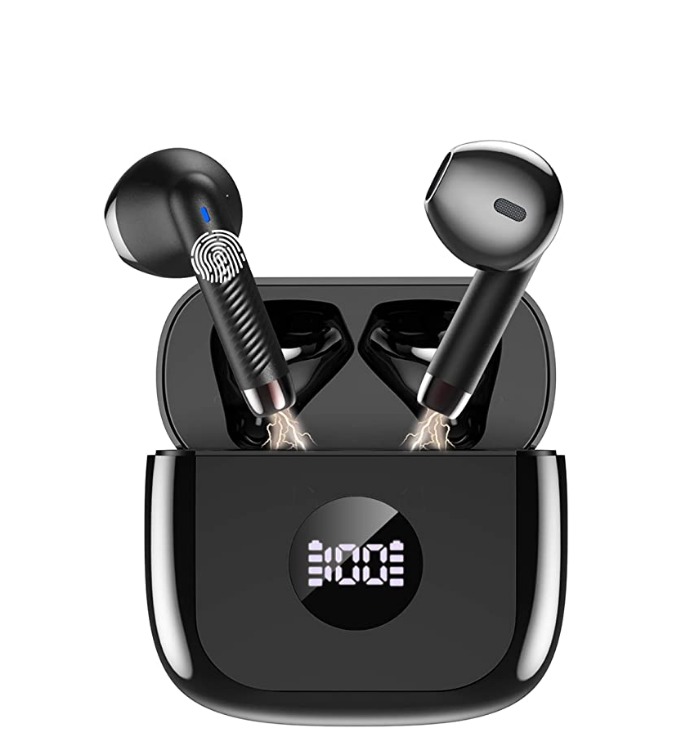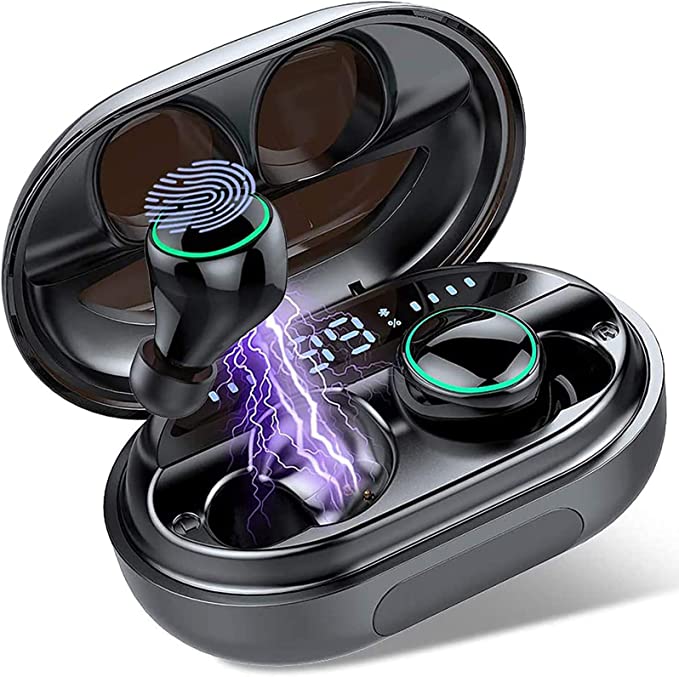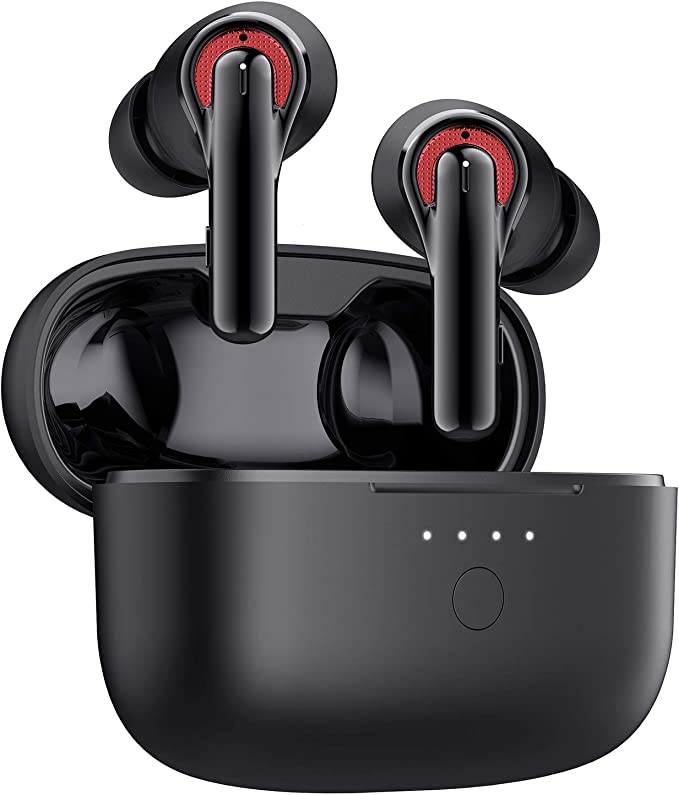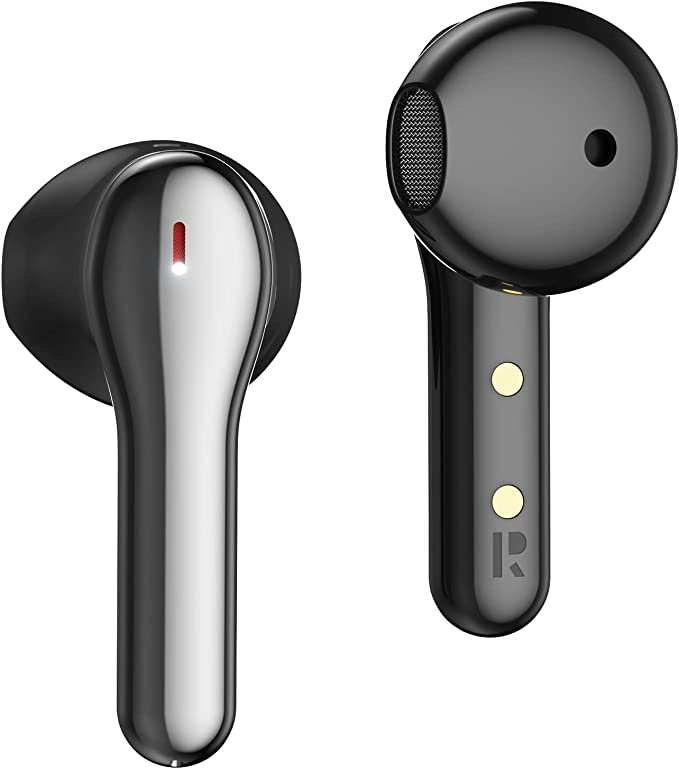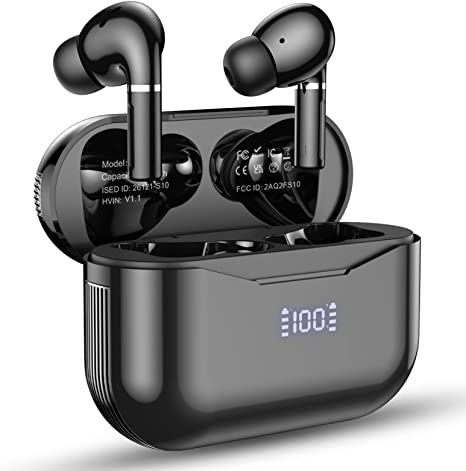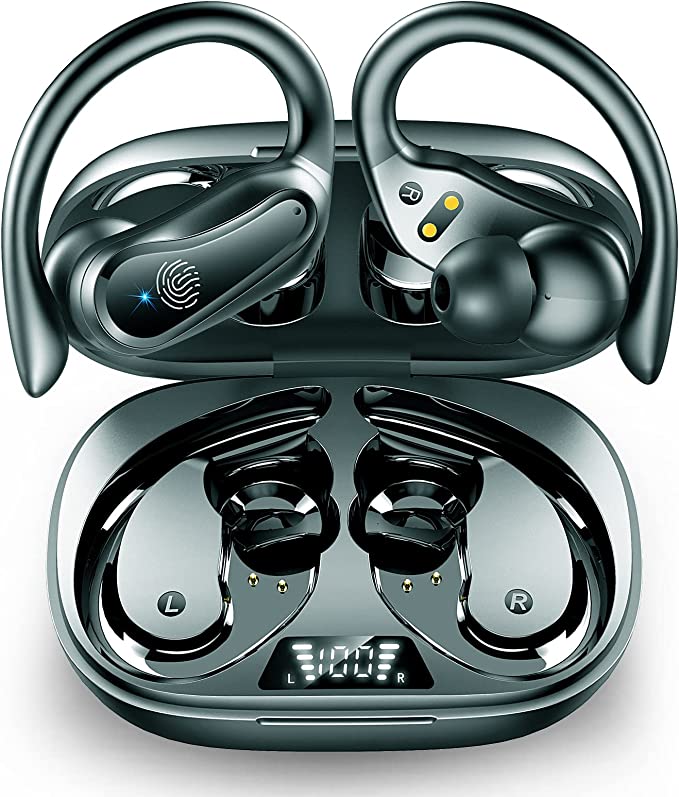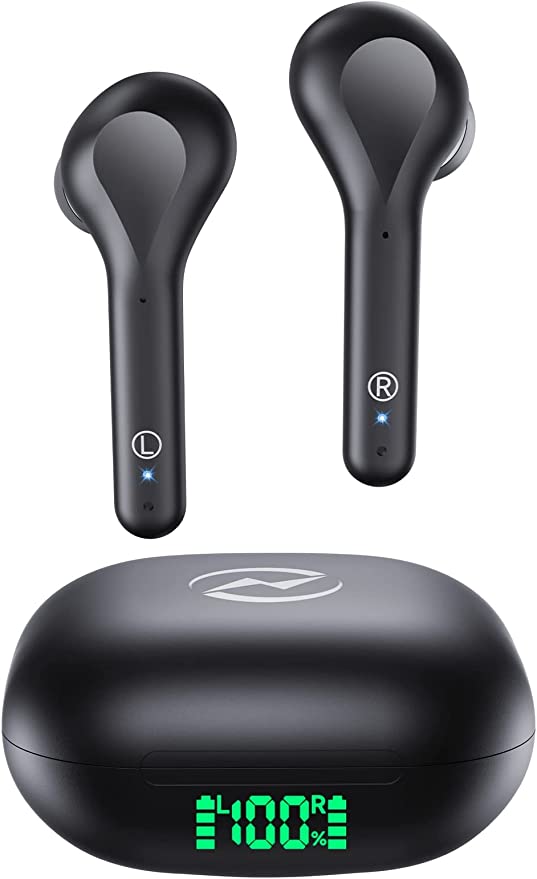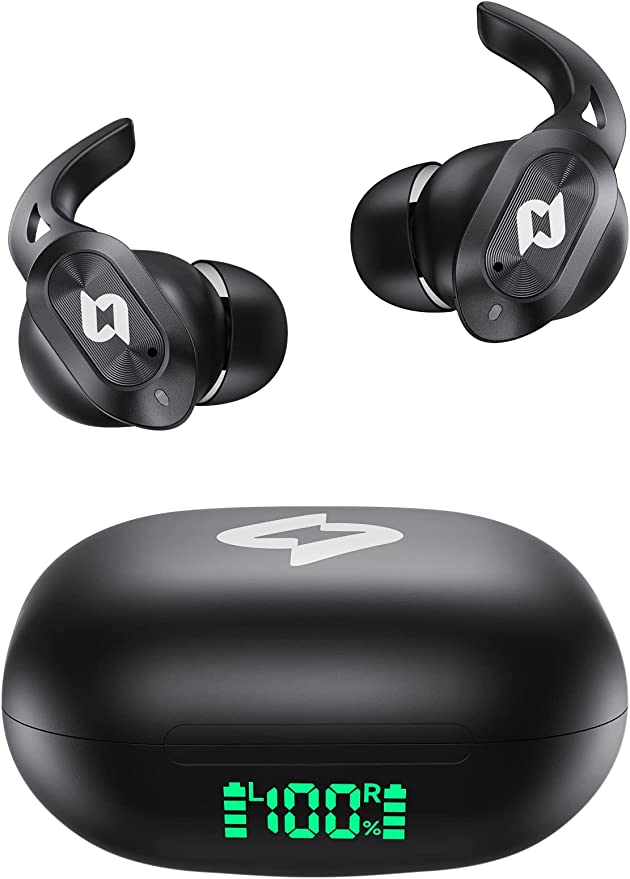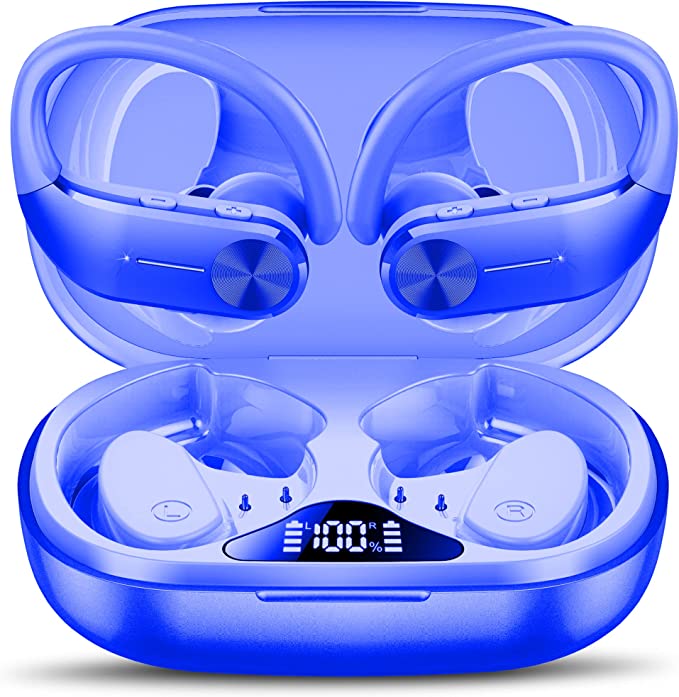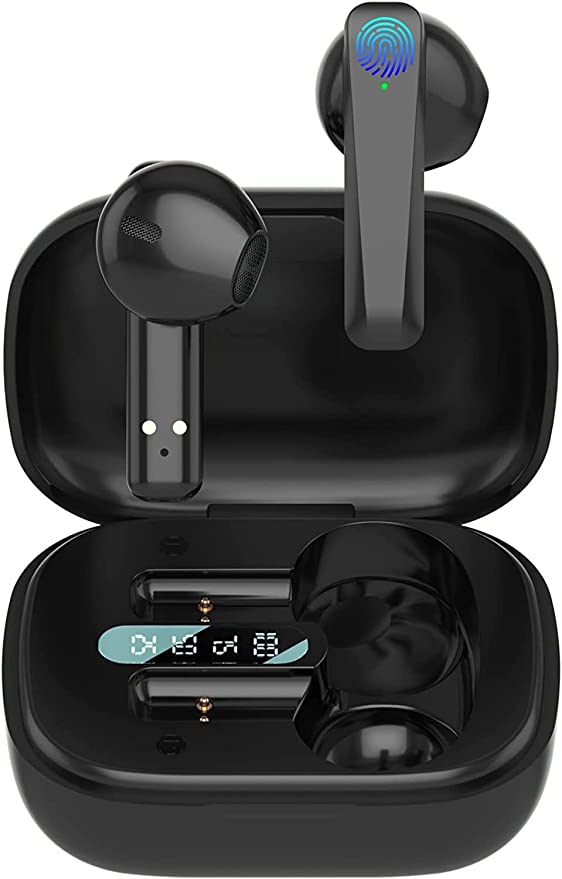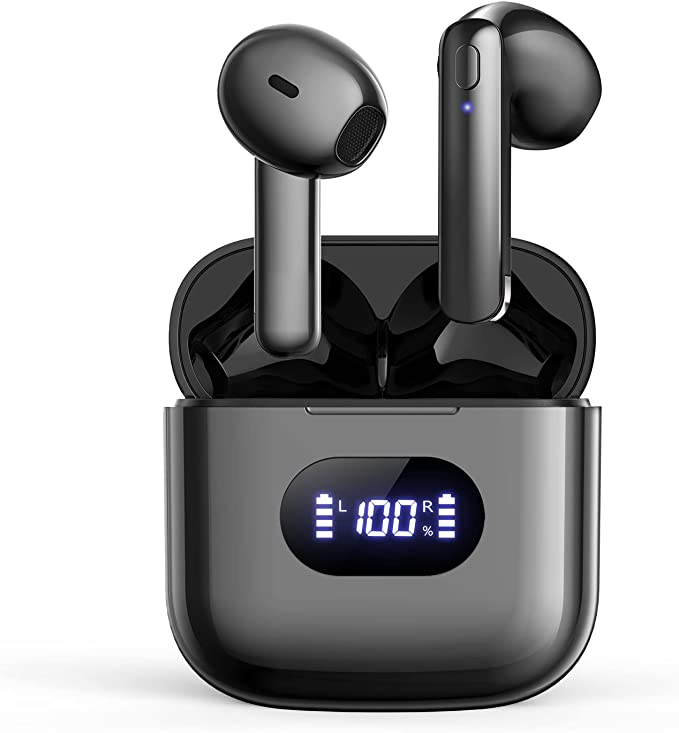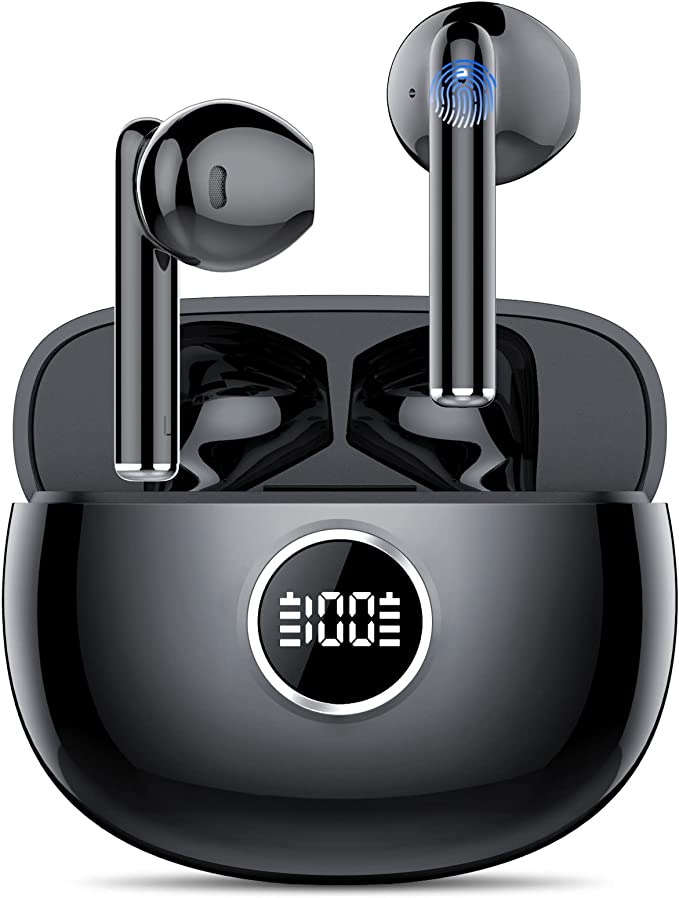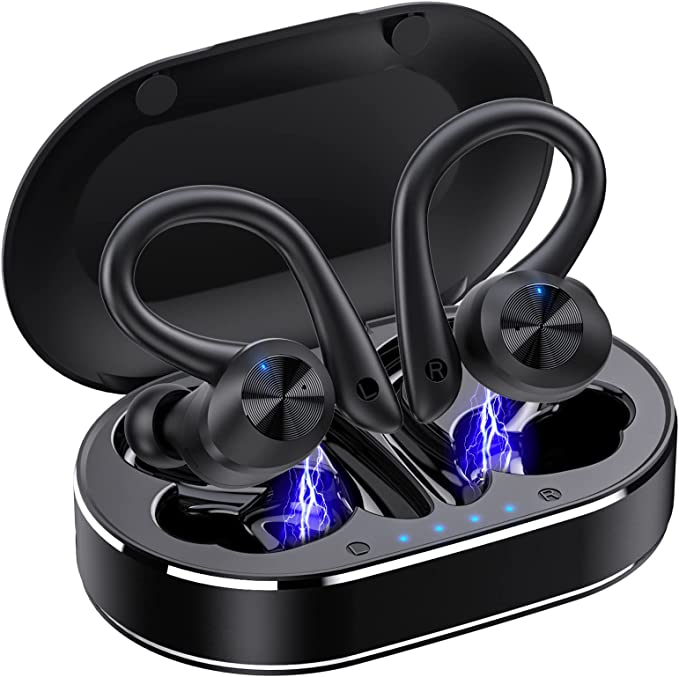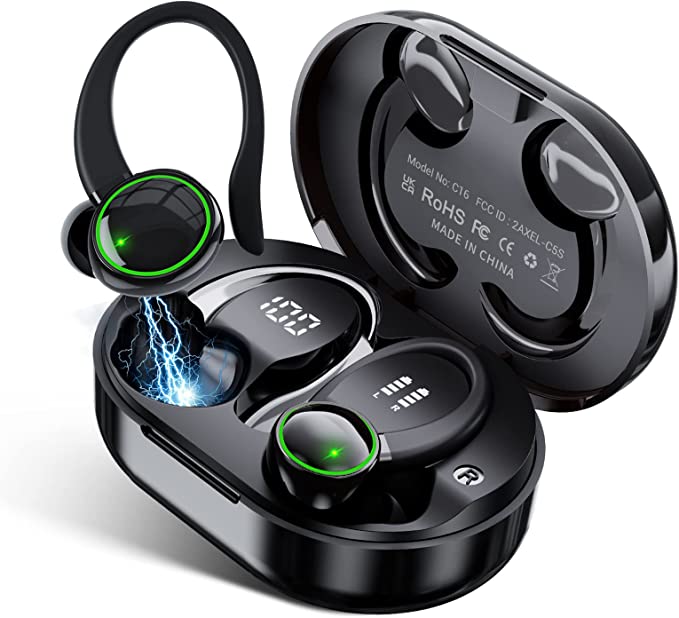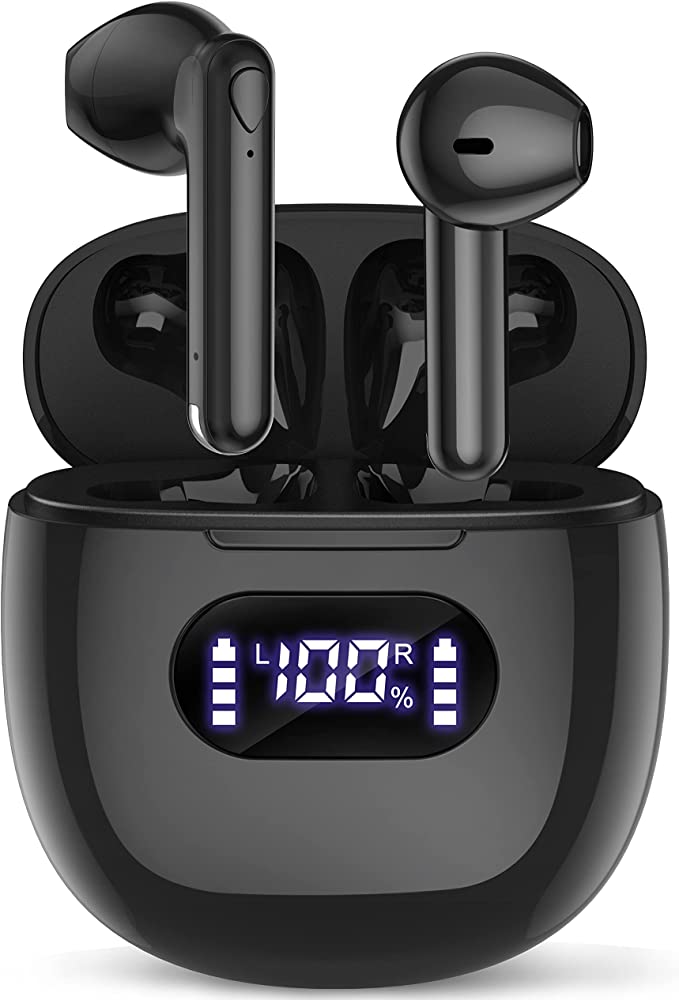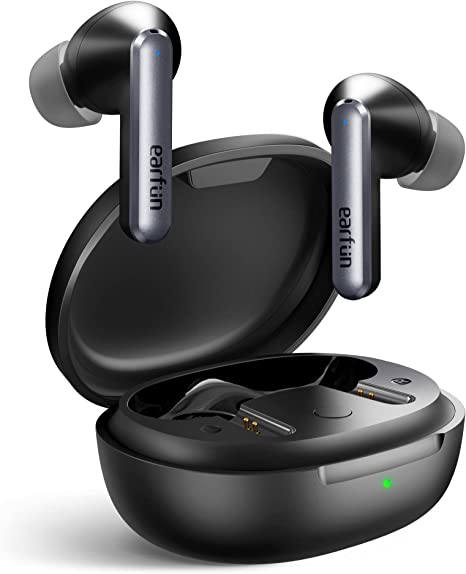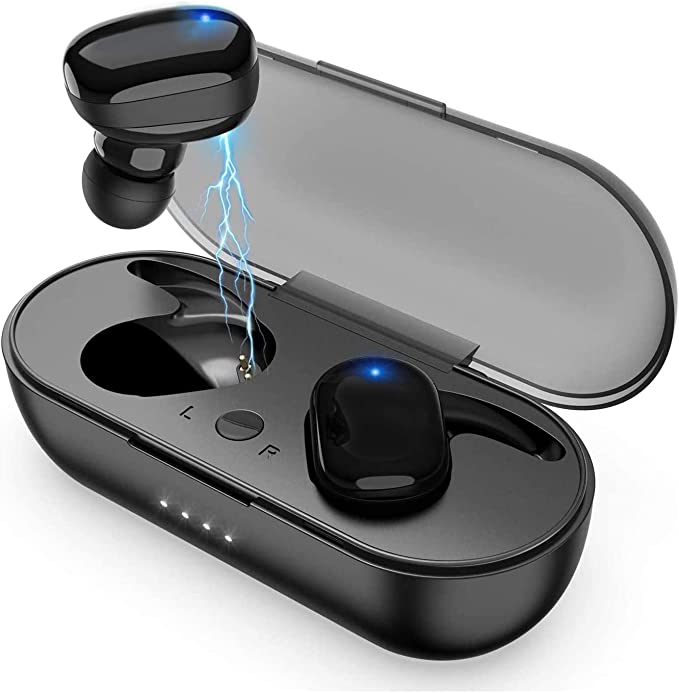Unlocking Seamless Sound: Bluetooth 5.2 and the Xmenha In-Ear Experience
Update on Feb. 17, 2025, 6:15 a.m.
We’ve all been there. You’re on the treadmill, finally hitting your stride, and bam – your wireless earbuds cut out. Or you’re on a call, and the connection becomes so choppy that you miss half the conversation. The promise of wireless audio is freedom, but the reality can often be frustrating. Why is it so hard to get a consistent, high-quality wireless connection? The answer, in many cases, lies in the technology powering the connection: Bluetooth.

A Bluetooth Breakthrough
Bluetooth has become ubiquitous, connecting everything from our phones to our cars. But like any technology, it has evolved over time. The original Bluetooth standards were revolutionary, but they had limitations in terms of speed, range, and power consumption. Enter Bluetooth 5.2, the latest iteration, which offers significant improvements.
-
A Brief History:
Bluetooth was invented in the 1990s,aimed to replace cables,It’s named after a Viking king. -
Speed Demon: One of the key advantages of Bluetooth 5.2 is its increased data transfer rate. Think of it like a wider highway for your audio data. Instead of a congested two-lane road, you now have a superhighway. This means less lag, especially noticeable when watching videos or playing games where audio synchronization is crucial. No more lip-sync issues!
-
Rock-Solid Connection: Bluetooth 5.2 uses some clever tricks to maintain a more stable connection, even in environments with a lot of wireless interference (like a busy gym or a crowded coffee shop). It’s like having a dedicated lane on that superhighway, ensuring your audio stream doesn’t get bogged down by other traffic. It achieves this through improved connection management and a feature called LE Isochronous Channels, which allows for more efficient data transmission.
-
Sipping Power, Not Guzzling: Another major benefit of Bluetooth 5.2 is its enhanced power efficiency. Earlier versions of Bluetooth could be quite power-hungry, draining the battery of both your earbuds and your connected device. Bluetooth 5.2 is designed to be much more frugal, extending the playtime of your earbuds and conserving your phone’s battery. This is thanks, in part, to the LE Audio standard, a new low-energy audio codec that reduces power consumption without sacrificing audio quality.

The Sound of Science: Inside In-Ear Headphones
But a stable connection is only half the battle. What about the sound itself? Let’s take a peek inside those tiny in-ear earbuds to understand how they work.
-
Sound Waves Demystified: Sound, at its core, is simply vibrations traveling through the air. These vibrations, or sound waves, have different frequencies, which our ears interpret as different pitches. Low frequencies correspond to bass sounds (like a drum or a bass guitar), while high frequencies correspond to treble sounds (like a cymbal or a flute).
-
The Drivers: Tiny Speakers, Big Sound: The heart of any headphone, including in-ear models, is the driver. This is the tiny speaker that converts electrical signals into sound waves. There are different types of drivers, each with its own strengths and weaknesses. Dynamic drivers, the most common type, use a diaphragm attached to a voice coil to create sound. Balanced armature drivers, often found in higher-end in-ear monitors, use a tiny reed that vibrates within a magnetic field. While we don’t know the specific driver type used in the Xmenha earbuds, understanding the basic principles helps appreciate the engineering involved in creating good sound.
-
The Importance of Bass: Bass frequencies are crucial for a full, rich sound experience. They provide the foundation and warmth to music, and a good bass response can make a huge difference in how immersive and enjoyable your audio is. Many in-ear headphones, including the Xmenha model, emphasize bass response to deliver a more powerful and satisfying sound.

Xmenha: Bringing it All Together (Maybe)
The Xmenha In Ear True Wireless Earbuds aim to combine the benefits of Bluetooth 5.2 with a design focused on sound quality and comfort. Let’s break down what we think we know, based on the limited information available:
-
Bluetooth 5.2: As we’ve discussed, this should provide a more stable and reliable connection, lower latency, and improved power efficiency compared to older Bluetooth versions.
-
Deep Bass: The product description highlights “deep bass,” suggesting that the earbuds are tuned to emphasize low-frequency sounds. This can be appealing to users who enjoy genres like hip-hop, EDM, or rock.

-
Comfort: The in-ear design is generally known for providing a snug fit and good noise isolation, which can enhance the listening experience. However, comfort is subjective, and what works for one person might not work for another.
-
The Reviews: It’s important to acknowledge the 3.0-star rating (based on only two reviews). This suggests that some users have had issues with the earbuds. While we can’t know the specific reasons without more information, common complaints with wireless earbuds often involve connection problems, sound quality discrepancies, uncomfortable fit, or short battery life. It’s always wise to read multiple reviews and consider the potential for individual variations in experience.

The Future is Wireless (and Smart)
The world of wireless audio is constantly evolving. Bluetooth 5.2 is a significant step forward, and we can expect even more advancements in the future. Lower power consumption, even more stable connections, and personalized audio experiences tailored to individual hearing profiles are all on the horizon. Features like spatial audio, which creates a more immersive 3D soundstage, are also becoming increasingly common. The Xmenha earbuds, with their focus on Bluetooth 5.2, represent a step in this direction, offering a glimpse into the future of wireless listening.
